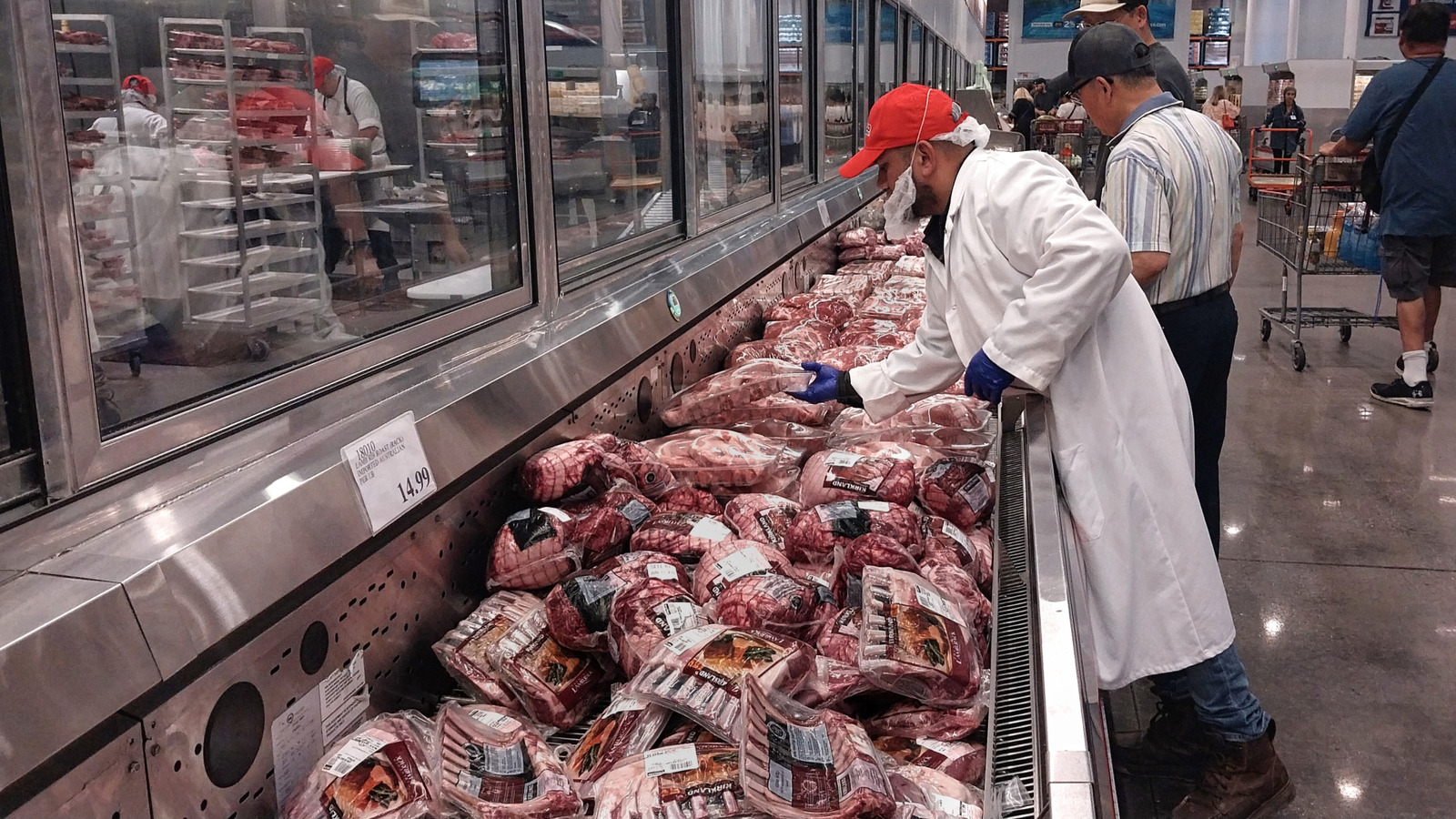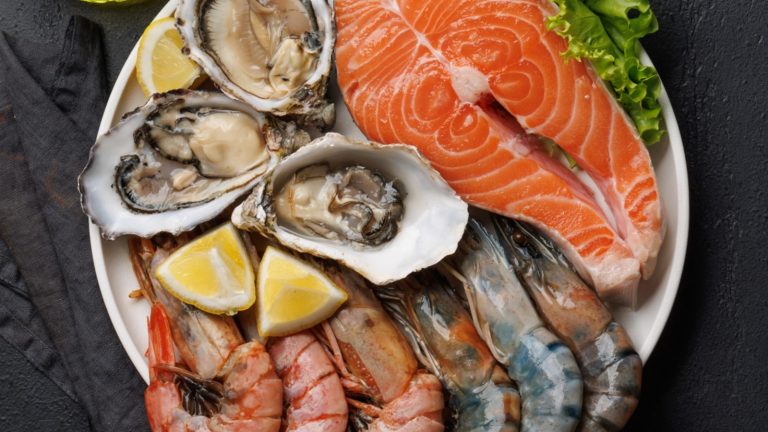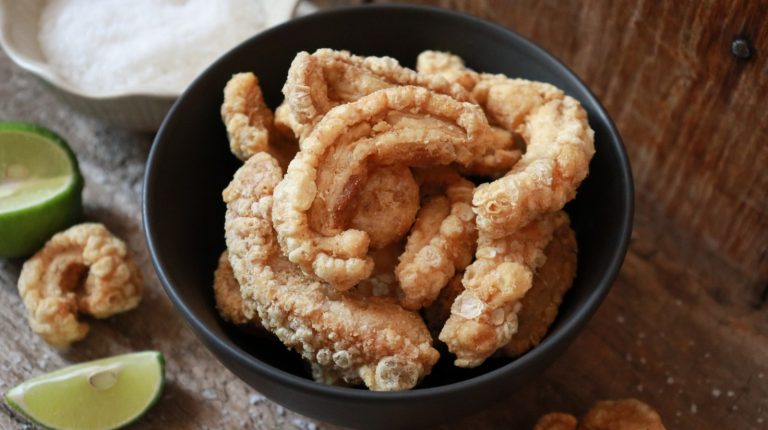If you’re a fan of meat, Costco’s a wonderful place to shop. Just note the best cuts of beef at Costco and the incredible deals on unique packaged meats. One such item to keep an eye on during your shopping trip is the bottom blade pot roast. Typically sold in a 5 or 6 pound package, the cut can come off as an intimidating hunk of beef. But, if you know how to slice into it, it’s an underrated candidate for mouthwatering stews and pot roasts.
This piece of beef comes from the chuck, a region of the cow known for its meat-forward taste and tougher consistency when seared. It’s also dense with collagen by way of all of its muscular movement. When you cook such meat low and slow, this tissue transforms into gelatin and imbues moisture and a rich flavor. The blade roast specifically comes from the very bottom of the chuck, and rests just atop the brisket. It’s high in fat marbling even opposed to other chuck cuts, which translates to extra-tender textures once cooked. Buy a bag of Costco’s bottom blade and use in a pot roast, stew, or even a stir-fry. The results should impress.
Look for bottom blade beef roast for a delicious slow-cooking cut
The secret behind Costco’s affordable premium meats is the retailer’s unorthodox approach: Larger, less user-friendly cuts are sold directly to consumers. With its big container of meat, fat, and connective tissue, the bottom blade beef roast certainly doesn’t look like most cuts at the grocery store. Sometimes, you might see it already split into two large pieces that are still larger in size than a steak. You could season these pieces of beef and slow-roast in the oven (preferably in a liquid baste). After a patient several hours, you get several pounds of incredibly juicy, pull-apart beef. Batch the recipe ahead of time and combine with pasta or rice, or even make sandwiches, for weeklong meat enjoyment.
Alternatively, you could take on the matter of butchering yourself to create smaller beef chunks to work with. With a sharp knife in hand, cut along any curved muscular sections to separate it into more easy-to-break-down parts of beef. Thankfully, the blade roast comes mostly trimmed of fat, so you can simply cube the remaining beef. Use these more-approachable pieces in a slow cooker or on the stove to craft beef stew — perhaps trying out Ina Garten or Julia Child’s beef bourguignon recipe. By the time it’s all cooked, you can be proud of the beef’s transformation from package to plate.






